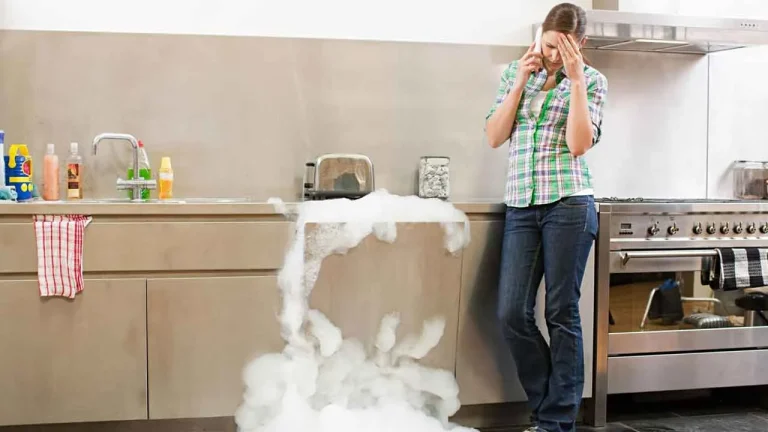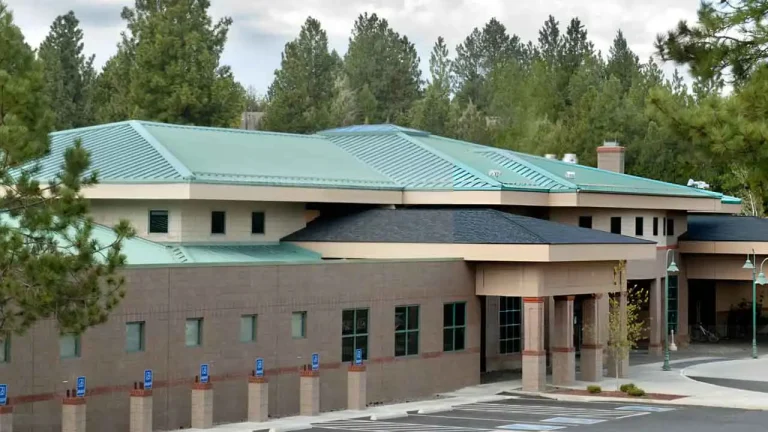Top 14 Types of Wall Materials for Modern Houses
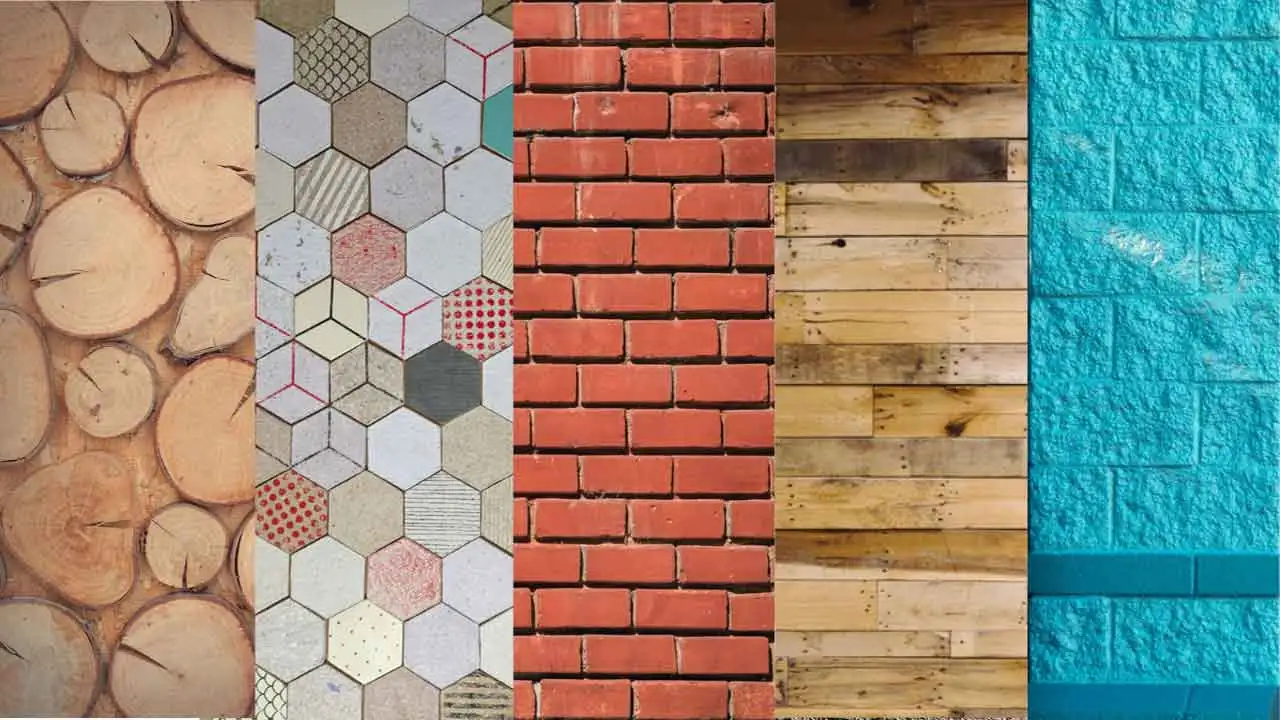
Best Types of Wall Materials for Interior Walls
When it comes to selecting the best types of wall materials for interior walls, there are several factors to consider. The durability, aesthetics, cost, and ease of installation are some of the key aspects to think about.
While these are just a few examples, there are many other wall materials suitable for interior walls. Each material has its own unique advantages and characteristics, allowing homeowners to achieve their desired aesthetic while maintaining functionality. Whether one prefers the sleek and modern look of glass or the strength and durability of concrete, the wide array of interior wall covering materials ensures that there is something for everyone’s taste and budget. Some different types of wall material details to discuss with you.
1. Wood Paneling
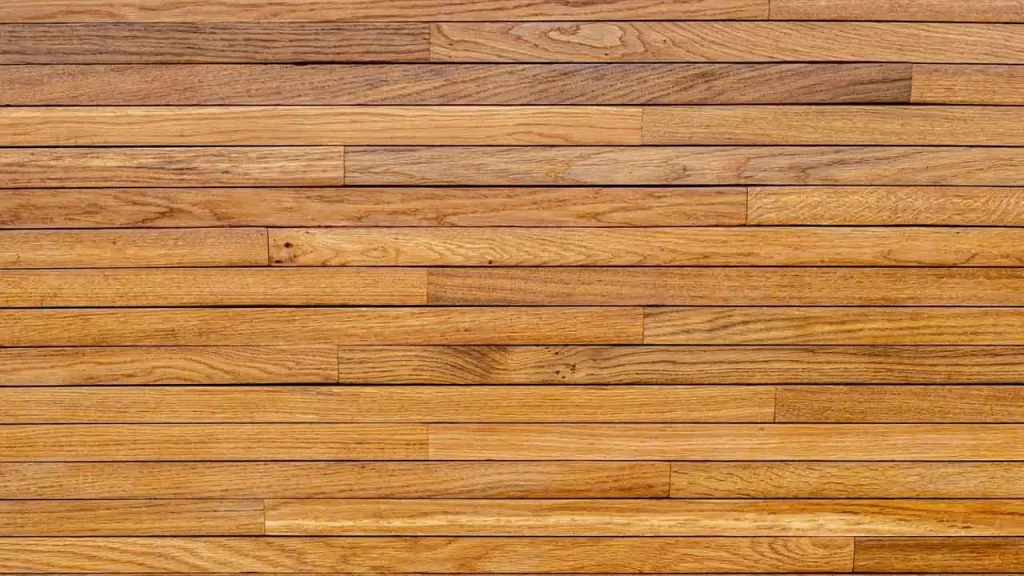
Wood paneling is a popular choice for cladding materials due to its timeless and sophisticated appearance. With its natural grains and warm colors, wood paneling adds a touch of elegance to any interior space. Whether it is used in residential or commercial settings, wood paneling provides a sense of warmth and beauty that is unmatched by other wall materials.
Additionally, wood paneling is highly versatile, allowing for various designs and patterns to be created. From traditional to contemporary styles, wood paneling can be customized to suit any aesthetic preference, further enhancing its appeal as a top choice in wall materials.
Moreover, wood paneling has excellent insulating properties, helping to improve energy efficiency and reduce noise transmission. This makes it an ideal choice for both residential and commercial spaces, as it can help to maintain a comfortable and peaceful environment. Overall, wood paneling remains a popular choice among homeowners and designers alike, thanks to its combination of timeless beauty and practical functionality.
2. Paint Wall
When it comes to residential cladding, paint is one of the most versatile and popular choices. Not only does it offer a wide range of colors and finishes, but it also provides a protective layer against weathering and moisture. Paint can be easily applied to a variety of surfaces, including drywall, wood, and concrete, making it suitable for almost any interior wall.
One of the main advantages of using paint as a wall material is its ability to create a seamless and uniform appearance. Whether you prefer a bold and vibrant color or a subtle and neutral tone, paint can transform any space and set the desired mood.

Additionally, paint can be easily updated or changed, allowing homeowners to refresh their interiors without the need for extensive renovations. With its affordability, versatility, and long-lasting performance, paint is a top choice for residential cladding.
3. Tiles Wall

Tiles are a popular choice for both interior and exterior walls due to their durability and aesthetic appeal. When it comes to choosing the best exterior wall material, tiles are often considered a top contender. With their ability to withstand harsh weather conditions, tiles provide a robust barrier against moisture, heat, and other environmental factors that may deteriorate the walls over time.
One of the advantages of using tiles as an exterior wall material is their wide range of design options. Whether you prefer a sleek and modern look or a more traditional and rustic feel, there is a tile design available to suit every taste.
Additionally, tiles come in various shapes, sizes, and textures, allowing for endless creative possibilities. From mosaic patterns to large format tiles, homeowners can easily customize their exterior walls to reflect their style and enhance the overall aesthetic appeal of their property.
4. Brick Wall
Brick is a popular choice among outdoor wall covering materials due to its durability and classic appearance. Made from clay and hardened in a kiln, bricks offer a strong and reliable option for constructing walls that can withstand various weather conditions. With their natural color variations and distinctive texture, bricks add character and charm to any exterior design. Whether used for retaining walls, fences, or facades, brick provides a timeless aesthetic that can enhance the overall appeal of a property.
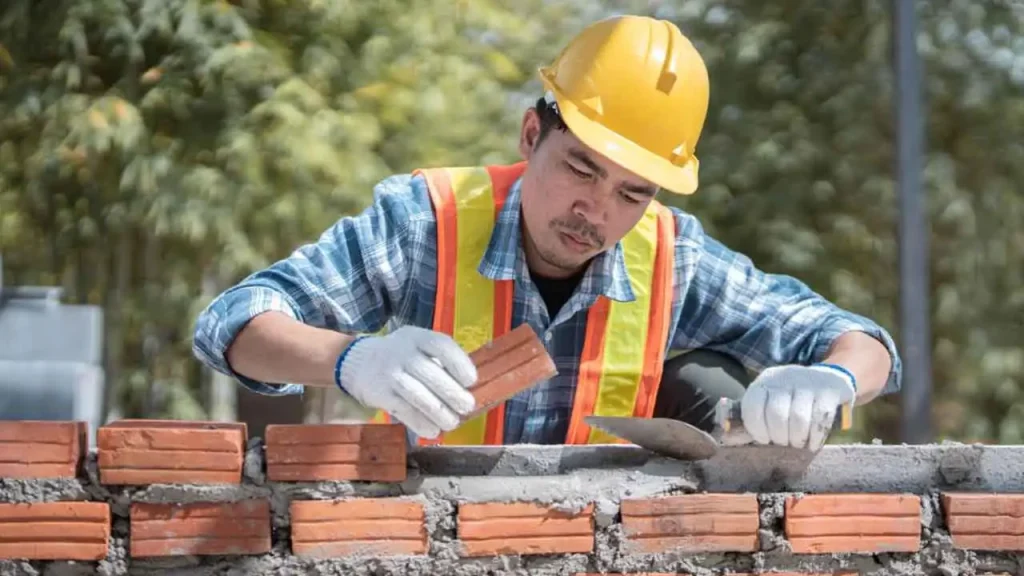
In addition to their visual appeal, bricks also offer excellent thermal insulation and acoustic properties. They can regulate the temperature indoors, keeping it cool during hot summer months and warm during colder seasons.
This inherent insulation property makes brick an energy-efficient choice for outdoor walls, contributing to lower heating and cooling costs. Furthermore, bricks help dampen sound transmission, providing a quieter environment by reducing noise pollution from external sources. Overall, brick is a versatile and durable material that can withstand the test of time while enhancing the aesthetics and functionality of outdoor walls.
5. Transparent Glass Wall Material

Transparent, sleek, and modern, glass wall material is gaining popularity as a versatile option for interior design. Its ability to bring in natural light and create an open and spacious atmosphere makes it a favored choice among homeowners looking to create a contemporary aesthetic. Glass wall material is often used to clad homes, providing a seamless transition between indoor and outdoor spaces.
In addition to its aesthetic appeal, glass wall material offers several practical benefits. Its transparency allows for unobstructed views, bringing the outdoors inside and creating a sense of harmony with the surrounding environment.
Moreover, glass wall material is an excellent way to maximize limited spaces, as it visually expands the room and creates an illusion of depth. Whether used as a single panel or as part of a larger glass wall system, this material offers a sleek and fuss-free alternative to traditional walls, adding a touch of sophistication to any interior design project.
6. Zinc oxide Wall
Zinc oxide is a versatile wall material that offers various benefits for both interior and exterior applications. Known for its durability and long-lasting properties, zinc oxide is an excellent choice for those looking to enhance the protection and longevity of their external wall sheets. With its natural resistance to corrosion and weathering, this material provides a reliable barrier against harsh elements, ensuring the structural integrity of the walls over time.
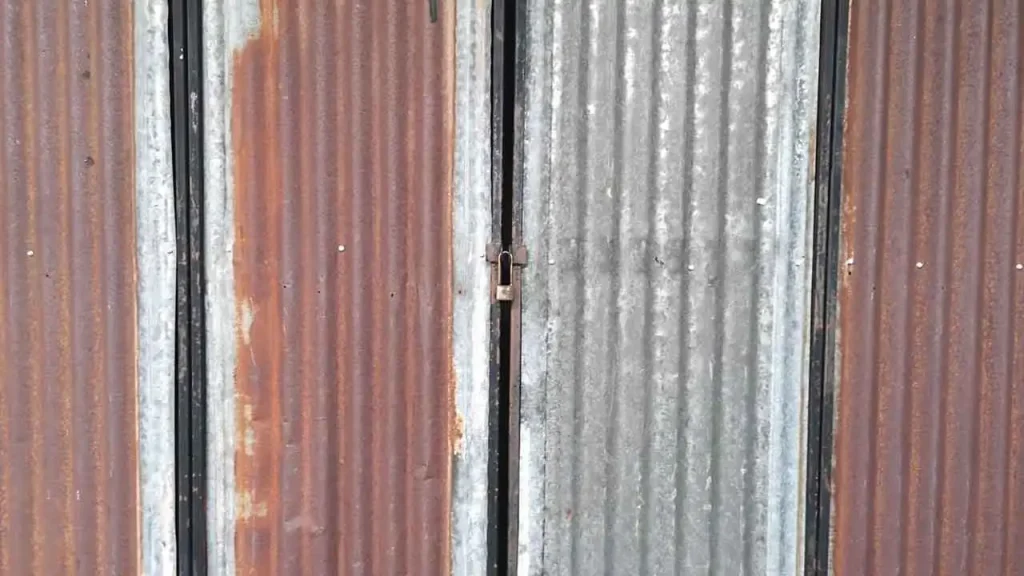
Additionally, zinc oxide boasts remarkable energy efficiency, making it an environmentally friendly option for construction projects. Furthermore, zinc oxide can be easily integrated into different design schemes, offering a sleek and modern look for any architectural style. Its versatility allows for a wide range of finishes and colors, giving homeowners and designers the freedom to customize their exteriors while benefiting from its robustness.
7. Composite Wall
Composite materials are gaining popularity in the construction industry due to their versatility and durability. These materials consist of a combination of 2 or more different components, such as plastics, fibers, and wood particles, to create a stronger and more resilient material for various applications. When it comes to outside wall cladding, composite materials offer a viable option for homeowners and designers looking for an aesthetically pleasing and low-maintenance solution.
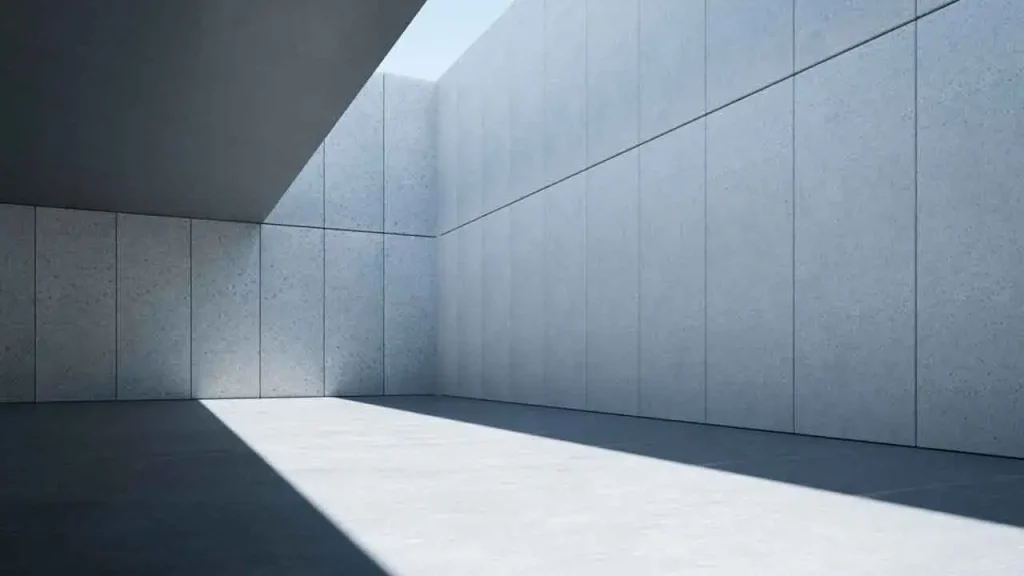
Unlike traditional materials like wood or vinyl, composites are built to resist fading, warping, and rotting, making them suitable for long-term use. Furthermore, composite materials often come in a wide range of colors and finishes, allowing homeowners to choose a design that complements their overall aesthetic preferences. With composite outside wall cladding, homeowners can achieve both style and functionality without the worries of constant maintenance.
8. Fiber Cement Wall
Fiber cement is a versatile and highly durable option for exterior wall finishes. It is made by mixing cement, cellulose fibers, and other aggregates to create a strong and resilient material. One of the key advantages of fiber cement is its resistance to rot, termites, and fire, making it a popular choice for homeowners looking for long-lasting and low-maintenance solutions.
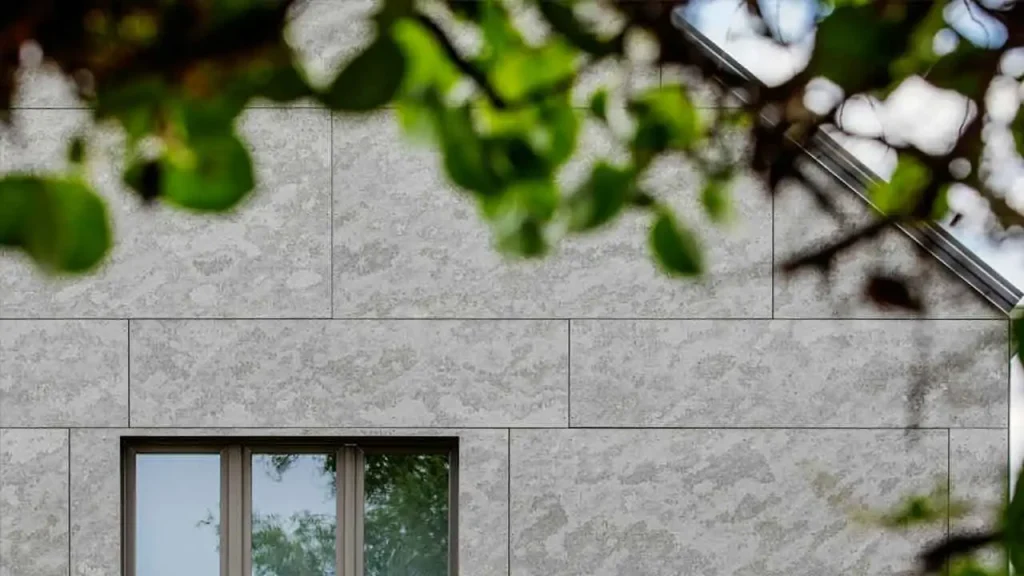
There are different types of fiber cement available in the market today. Each type offers unique characteristics and aesthetic appeal.
Additionally, panel options can be installed vertically or horizontally, allowing for versatile design possibilities. Whether you prefer a classic or modern look, fiber cement is a reliable choice for exterior wall finishes due to its strength, durability, and diverse styles.
9. Aluminum Wall
Aluminum, known for its versatility and durability, has become a popular choice for house exterior wall covering. With its sleek and modern appearance, aluminum panels can instantly uplift the aesthetic appeal of any building. Its lightweight nature makes it easy to install, requiring less manpower and time. Moreover, aluminum is resistant to corrosion and requires minimal maintenance, making it a cost-effective option in the long run.
Whether you prefer a traditional or contemporary look, aluminum can be customized to suit any design style, offering endless possibilities for creative expression.
In addition to its aesthetic qualities, aluminum is also renowned for its exceptional durability. This makes it an excellent choice for house exterior wall covering, providing reliable protection for your home. Furthermore, aluminum is fire-resistant and non-combustible, ensuring the safety of your property.
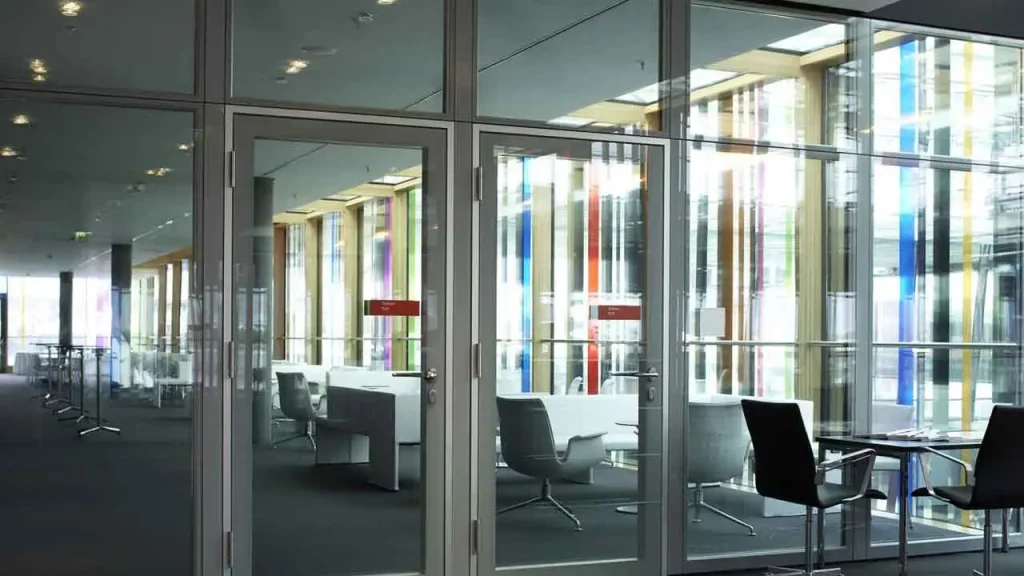
Its energy-efficient properties, such as its ability to reflect sunlight and reduce heat absorption, also contribute to a more comfortable living environment. Overall, aluminum is a premium choice for homeowners seeking both style and functionality in their exterior wall materials.
10. Plastic Wall
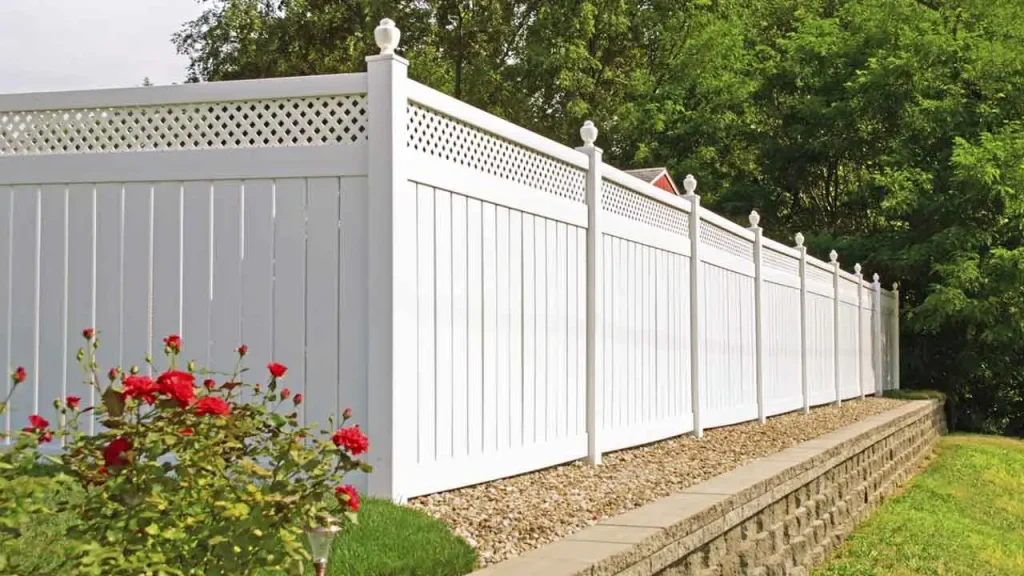
Plastic, as an indoor wall material, offers a range of benefits and versatile design options. Its lightweight nature makes it easy to install, especially in areas where heavy materials may not be suitable. Plastic wall panels are also incredibly durable, with the ability to withstand impacts and resist moisture. This makes them an excellent choice for high-traffic areas or spaces prone to humidity, such as bathrooms or kitchens.
One noteworthy advantage of using plastic as an indoor wall material is its low maintenance requirements. Unlike other wall materials that may need frequent cleaning or refinishing, plastic panels are easy to clean and maintain. A simple wipe-down with a damp cloth is often sufficient to keep them looking fresh and free of dust or grime.
Moreover, plastic panels are resistant to mold and mildew, which not only improves indoor air quality but also makes them a hygienic choice for spaces where cleanliness is paramount. Overall, the versatility, durability, and easy maintenance of plastic make it a popular option for those seeking a practical and aesthetically pleasing solution for their interior walls.
11. Steel Wall
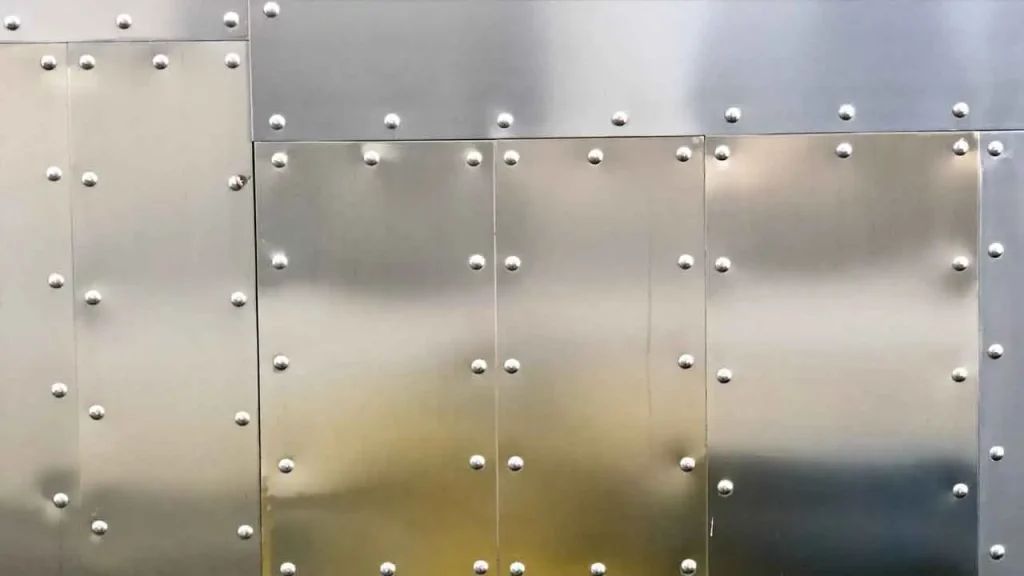
Steel is a popular option when it comes to choosing wall materials for interior designs. With its durability and strength, steel offers a reliable and long-lasting solution for various types of wall designs. Whether it be for commercial spaces or residential homes, steel can create a sleek and modern look that is both professional and timeless.
One of the advantages of using steel for interior walls is its versatility. It allows for a wide range of design options, from simple and minimalist to intricate and decorative. Steel panels can be customized to fit any shape or size, making them suitable for both large and small spaces.
Additionally, steel can be painted in various colors, allowing for further customization and personalization. Its sleek and smooth surface also makes it easy to clean and maintain, contributing to its popularity in high-traffic areas. Overall, steel offers a reliable and versatile solution for those looking to create visually appealing and sophisticated wall designs.
12. Stucco Wall
Stucco, a popular choice for interior wall surfaces, offers both durability and aesthetic appeal. Created by mixing cement, sand, and water, stucco provides a smooth and textured finish that adds character to any space. The application of stucco requires a skilled hand and attention to detail, as the mixture needs to be properly applied and finished to achieve a flawless result.

One of the key advantages of using stucco is its longevity. When applied correctly, stucco can withstand the test of time, remaining intact and looking pristine for years to come. Additionally, stucco is known for its durability, making it resistant to dents and cracks.
This makes it an excellent choice for high-traffic areas or spaces that are prone to wear and tear. The low maintenance requirements of stucco further contribute to its popularity, allowing homeowners or business owners to enjoy its beauty without the hassle of frequent upkeep.
13. Stone Wall
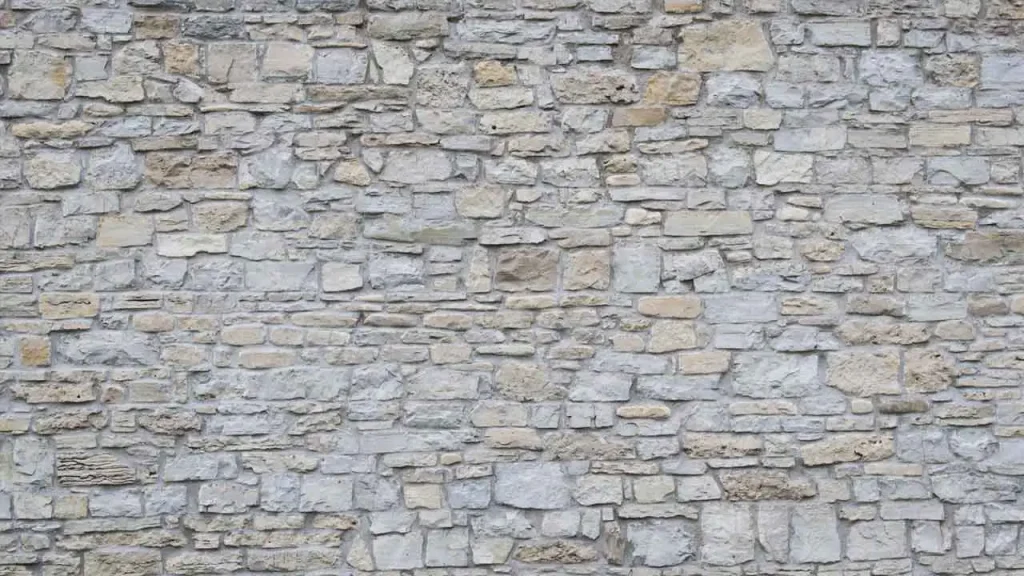
Stone is a highly durable and versatile material that is often chosen for interior walls. Its natural beauty and strength make it an ideal choice for creating a timeless and elegant look in any space. Whether used in its raw, rustic form or polished to a smooth finish, stone adds an element of sophistication to any interior design.
One of the key advantages of using stone for interior walls is its ability to regulate temperature and humidity. With its thermal mass, stone can absorb heat and release it slowly, helping to maintain a comfortable and consistent indoor climate.
Additionally, the stone is resistant to moisture, making it a suitable choice for areas prone to high humidity levels. Its durability also ensures that the walls will withstand the test of time, requiring minimal maintenance and upkeep. With a wide range of stone options available, from marble to slate, homeowners can choose a stone that fits their aesthetic preferences and creates a welcoming and serene atmosphere within their space.
14. Vinyl Wall
Vinyl is a popular choice for interior walls due to its versatility and affordability. This synthetic material is made from a combination of ethylene and chlorine, resulting in a durable and low-maintenance option for both residential and commercial spaces.

One of the key advantages of vinyl is its ability to mimic other wall materials, such as wood or tile, offering a wide range of design possibilities. The availability of vinyl in different colors, patterns, and textures allows for customization and flexibility in creating a desired aesthetic.
In addition to its aesthetic appeal, vinyl proves to be a practical choice for interior walls. It is moisture-resistant and can withstand high levels of humidity, making it suitable for areas such as kitchens and bathrooms.
The smooth surface of vinyl walls also makes them easy to clean and maintain, requiring only a damp cloth or mild cleaning solution. Furthermore, vinyl is known for its excellent sound insulation properties, helping to reduce noise levels within a space. With its cost-effectiveness and functionality, vinyl emerges as a professional choice for interior walls that can enhance both the look and functionality of any room.




